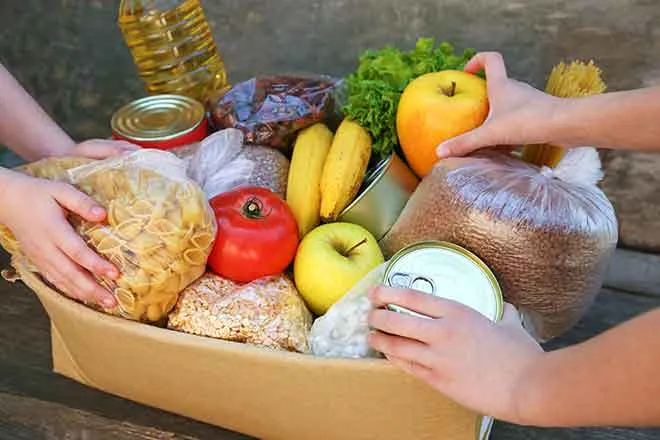
How eggs travel from farms to grocery stores
©
Have you ever wondered how the eggs in your morning omelet make their way from the farm to your local grocery store? It’s actually a cool process that involves more than you might think! Here’s a quick breakdown of how eggs travel from farms to grocery stores and into people’s homes intact and safe to eat.
Step 1: eggs are laid at the farm
It all starts on the farm, where laying hens produce the eggs. It depends on the farm’s setup, but eggs are usually laid in nesting boxes designed to keep them clean and safe. Once laid, the eggs are collected either manually or through automated conveyor belts.
Fun fact
A healthy hen from top-producing species can lay around 250 to 300 eggs a year!
Step 2: cleaning and grading begin
Once collected, the eggs go through a cleaning process to remove dirt or debris from their shells. This step is particularly important for meeting food safety standards. After cleaning is complete, workers grade the eggs based on size and quality. Graders also check for cracks and imperfections. Only eggs that meet quality standards continue through the supply chain.
Step 3: packaging occurs
Next, the eggs are carefully packed into cartons, which are made according to packaging innovations for fragile products. Each carton displays information regarding the producer’s name, expiration date, and sometimes even the type of farming (like free-range or organic). The packaging is designed to protect eggs during transport while also making them display-ready for grocery store shelves.
Step 4: eggs get loaded onto refrigerated trucks
Eggs are temperature-sensitive, so maintaining the cold chain is crucial from farm to grocery store. That’s why drivers transport egg shipments in refrigerated trucks to keep them fresh and safe to consume. Keeping eggs at the right cool temperature slows down spoilage and prevents bacterial growth.
Step 5: eggs arrive at grocery stores
Once the eggs arrive at grocery stores, staff works quickly to stock them in refrigerated sections or keep them in a refrigerated storage unit. Some eggs don’t make the journey intact, so grocery store workers toss unsellable eggs and might reassemble cartons to ensure each one has all spots filled. From here, it’s up to the shopper to take the eggs home and enjoy!
How eggs travel from farms to grocery stores is a fine-tuned process that guarantees consumer safety and satisfaction every step of the way. The next time you grab a carton of eggs, you’ll know just how much work went into getting them onto your plate!
















